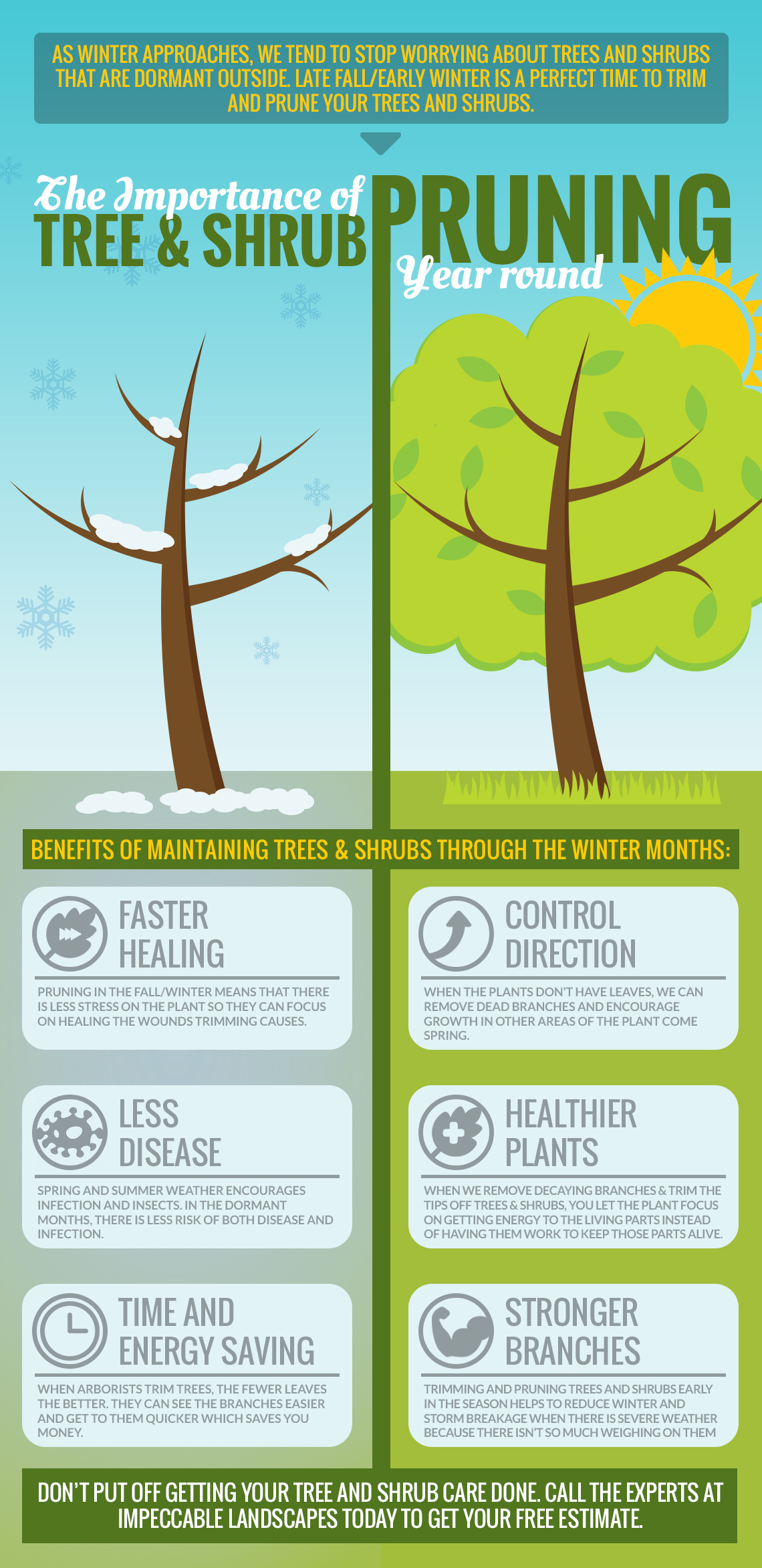Mastering Tree Pruning: Key Strategies For A Flourishing Landscape
Mastering Tree Pruning: Key Strategies For A Flourishing Landscape
Blog Article
Written By-
When it pertains to developing a landscape that prospers, understanding the art of tree trimming is a must. Envision being able to sculpt your trees with precision, guaranteeing their vigor and beauty for years ahead. By finding out the essential techniques for correct cuts, timing, and structural training, you hold the trick to a growing outdoor room that will excite all that experience it. However how do these pruning approaches genuinely affect the health of your trees and the general landscape aesthetic?
Correct Pruning Cuts for Tree Health
When it pertains to keeping the health of your trees, making appropriate trimming cuts is crucial. Inaccurate cuts can bring about disease, insect invasion, and overall tree decrease. To make https://www.point2homes.com/news/copyright-real-estate/landscaping-ideas-wont-break-bank.html of your trees, constantly begin by using sharp, tidy tools to make precise cuts.
Begin by recognizing the branch collar, a puffy area where the branch affixes to the trunk. Cutting simply outside the collar aids advertise appropriate healing and minimizes the risk of infection. Stay clear of leaving stubs as they can invite pests and diseases into the tree.
Keep in mind to make cuts at a slight angle, sloping far from the trunk, to avoid water from merging on the wound. Additionally, remove any dead, harmed, or going across branches to boost air blood circulation and sunshine infiltration.
Timing and Frequency of Pruning
To maintain the wellness and framework of your trees, understanding the optimal timing and frequency of pruning is crucial.
The best time to prune trees is generally during the inactive season in late winter or very early spring. Pruning throughout this period helps advertise new growth once the tree starts budding in the spring.
However, some trees, like spring-flowering ones, are best pruned right after they complete growing to prevent cutting off next year's blossom buds.
Normal pruning is vital, but the frequency depends on the tree species and its development price. For many trees, an annual inspection to eliminate dead, unhealthy, or crossing branches is recommended. Youthful trees may call for even more regular trimming to develop a solid structure, while mature trees might just need maintenance trimming every few years.
Prevent pruning throughout the autumn when diseases are extra conveniently spread out, and refrain from heavy trimming during the summertime when the tree is actively expanding.
Educating Young Trees for Structure
For establishing solid and healthy trees, training young trees for optimal framework is necessary. By forming maintencance when it's young, you set the foundation for a sturdy and visually appealing fully grown tree.
Begin by recognizing the central leader, which is the main upward-growing branch. Urge the central leader's growth by trimming away competing leaders, aiding the tree create a solid central trunk. Additionally, eliminate any kind of branches that expand internal or downward, as they can create structural problems as the tree grows.
It is very important to space out lateral branches uniformly around the trunk to promote balanced development. As the tree develops, continue to check its development and trim as required to maintain its shape and structure.
Correctly educated young trees are much less most likely to create weak crotches or chock-full branches, minimizing the danger of damages throughout storms. Investing time in training young trees will pay off with a beautifully structured and durable tree in the future.
Conclusion
Now that you have grasped the important strategies of tree pruning, your landscape is on its method to growing. By utilizing sharp tools, making accurate cuts, and properly timing your trimming sessions, you are making certain the health and durability of your trees. Bear in mind to regularly inspect and preserve your trees to keep them growing. With your newfound understanding, your landscape will continue to grow wonderfully for many years ahead. Keep up the great work!
